TIGER NUTS
Back to Our Roots
Every few years I grow a plant both for its flavor and because it takes me back to my — to our — roots. Digging any edible root or tubers is always something of a primal experience. This plant I occasionally grow elicits an especially strong bond to distant ancestors. The plant is chufa (Cyperus esculentus). You see, chufa tubers are not fat and succulent, the result of centuries of human selection and breeding. What I grub out of the ground are hard, egg-shaped bits of nourishment, each bit little larger than pea gravel.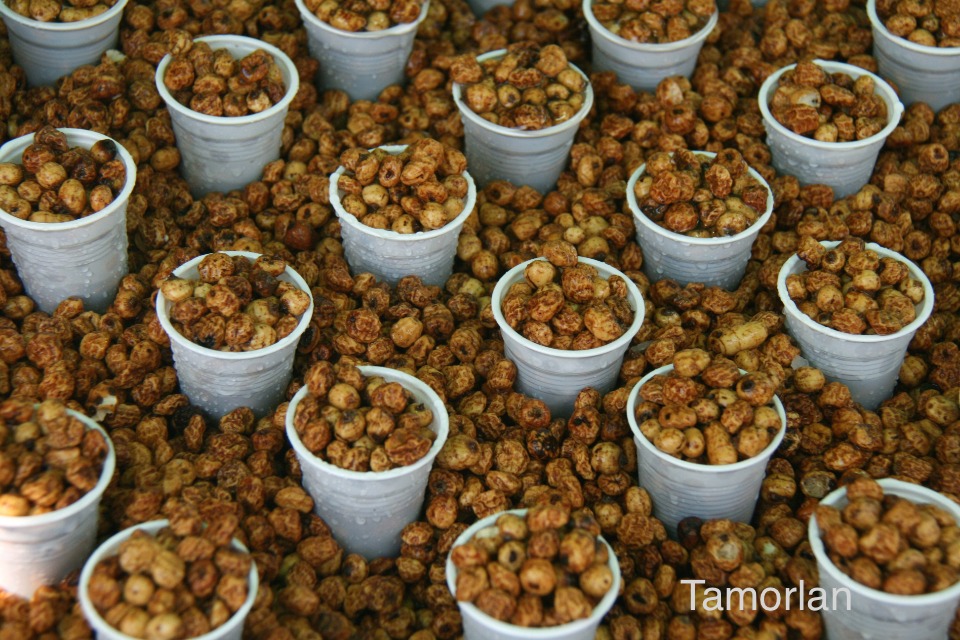
As befits any primitive crop, chufa is extremely easy to grow. Just drop tubers into the ground in spring at some sunny site. Wet soils suit them just fine, but I risk (more on this later) growing them right in the beds in my vegetable garden.
Within a couple of weeks, tufts of grassy leaves emerge. A good reason to plant chufa in well-weeded ground is so that you can distinguish chufa plants from grassy weeds.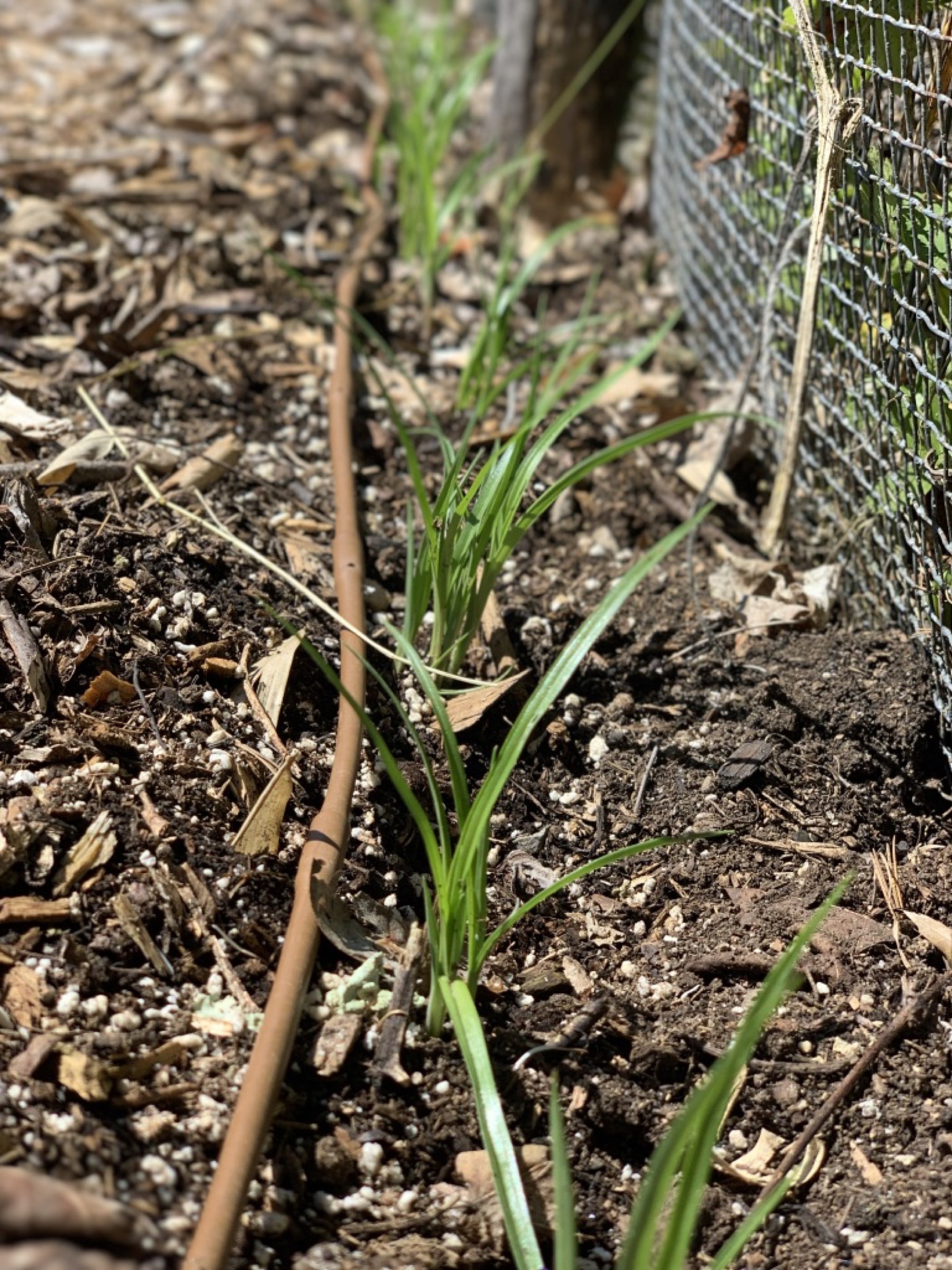
Look closer at the plant, though, at the flower stalk. Rather than being round in cross section, like that of a grass, the stalk is triangular — a sign of a plant being a sedge rather than a grass. Count among chufa’s relatives the water-loving papyrus and umbrella plant.
Chufa needs no other care beyond planting. No pests worth noting bother it. For best yields, of course, the plants appreciate weeding and watering, as needed.
Is It Weedy?
Now, why the caution noted above? What is the “risk” in planting chufa right in my vegetable garden? The reason is that chufa also goes under the name yellow nutsedge, a name that strikes terror in the heart of many a gardener and farmer. This weed originated in and around the Fertile Crescent and is now widespread over the Old World as well as much of North and South America.
Some references differentiate chufa as a botanical variety of yellow nutsedge, the one that becomes weedy; others treat them as one and the same plant. I have seen vegetable farms overrun by yellow nutsedge, but chufa’s gentility seems sincere enough in my garden. Some years, a few missed tubers do sprout, but the plants lack wanderlust and anyway are easily plucked out of the ground.
Although they can reputedly lay sleeping in the soil for many years before awakening — a characteristic common to the best (i.e. worst) weeds — I’ve never noted that from my plantings.
Harvest and Use
Not much more than yanking the whole plant, tubers and leaves, out of the ground is what’s needed for harvest — in my loose soil, at least. Where plants won’t lift out easily when their tufts of leaves are grabbed and pulled, they can be helped along with a trowel or garden fork slid beneath the roots.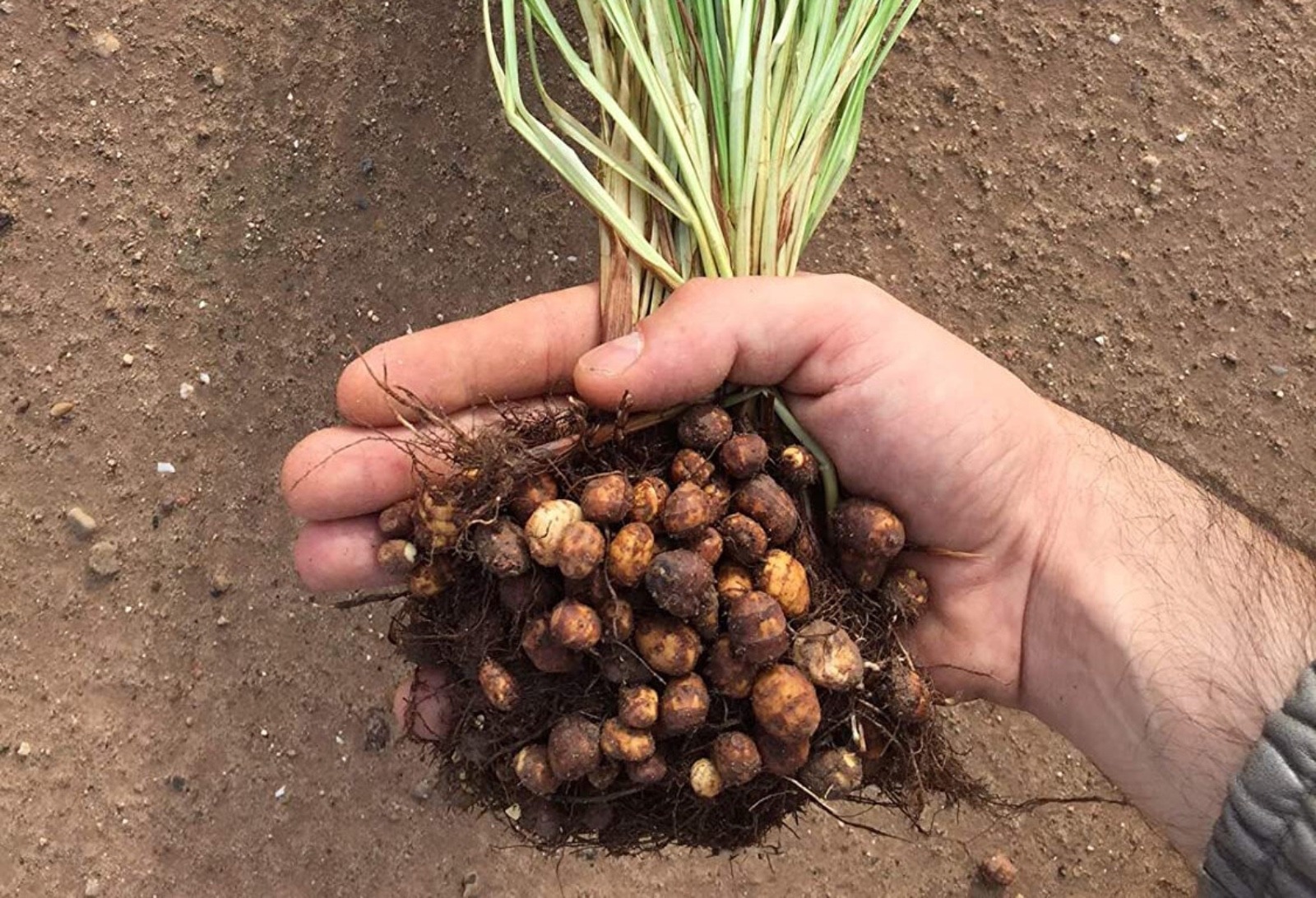
Cleaning the tubers brings out the plants’ primitive roots. (And the main challenge in growing them.) I hold each plant over a bucket and go at the mass of fibrous roots and tubers with my fingers, dropping tubers — and a lot of other stuff — into the bucket. Further cleaning is accomplished with a couple of rinses, then sprays, of water. After the tubers are dry, I roll them around in my hands to knock off any debris still attached. Even then, the tubers look hardly edible or appetizing. Chufas need to be dried down for storage.
Although the chufas in my hand are pretty much the same as those eaten by the Egyptians over 4000 years ago, they taste surprisingly good, even delicious. In the Old World, over the centuries, chufa has been boiled, roasted, made into flour, and even pressed for oil, the latter reputedly comparing favorably with olive oil.
Nineteenth century botanist E. L. Sturtevant recorded that chufa “is much cultivated in Europe, Asia, and Africa,” going on to write that the turbers are “very sweet and eaten by children,” made into a coffee substitute, made into preserves, and “eaten as dainties.” 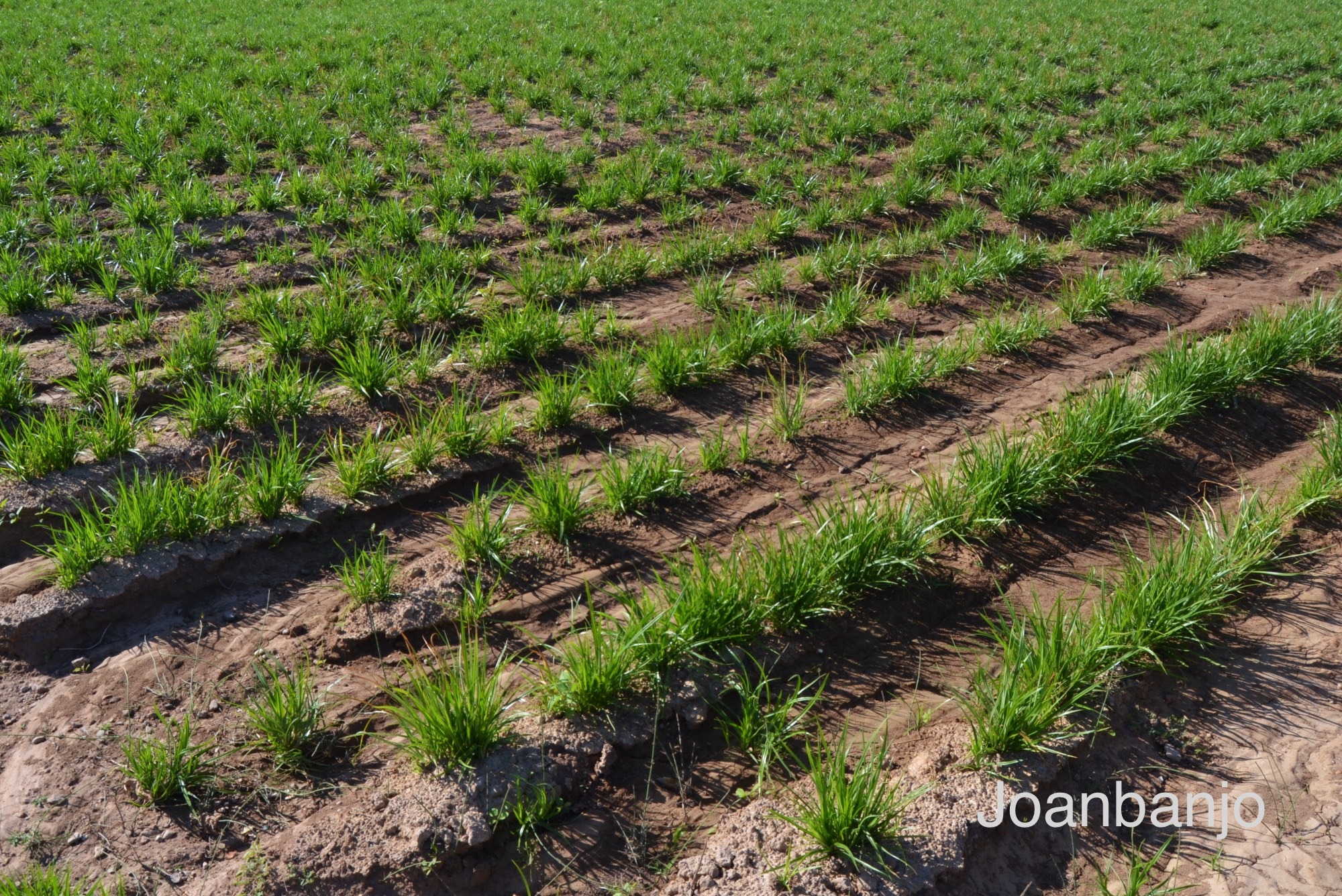 In Spain, they were and still are the main ingredient of a sweet-milk-like drink known as horchata de chufa.
In Spain, they were and still are the main ingredient of a sweet-milk-like drink known as horchata de chufa.
I’ve only eaten chufa raw. Other names for chufa include zulu nut, tiger nut, and earth almond, and the tubers are, in fact, crunchy and almond-like. If I can hold back eating them until after they’ve been stored for a few weeks cool and dry, they become sweeter and coconutty.
After writing this and reading what I wrote, I think I’ll have to put a row of chufa in the vegetable garden again next year.


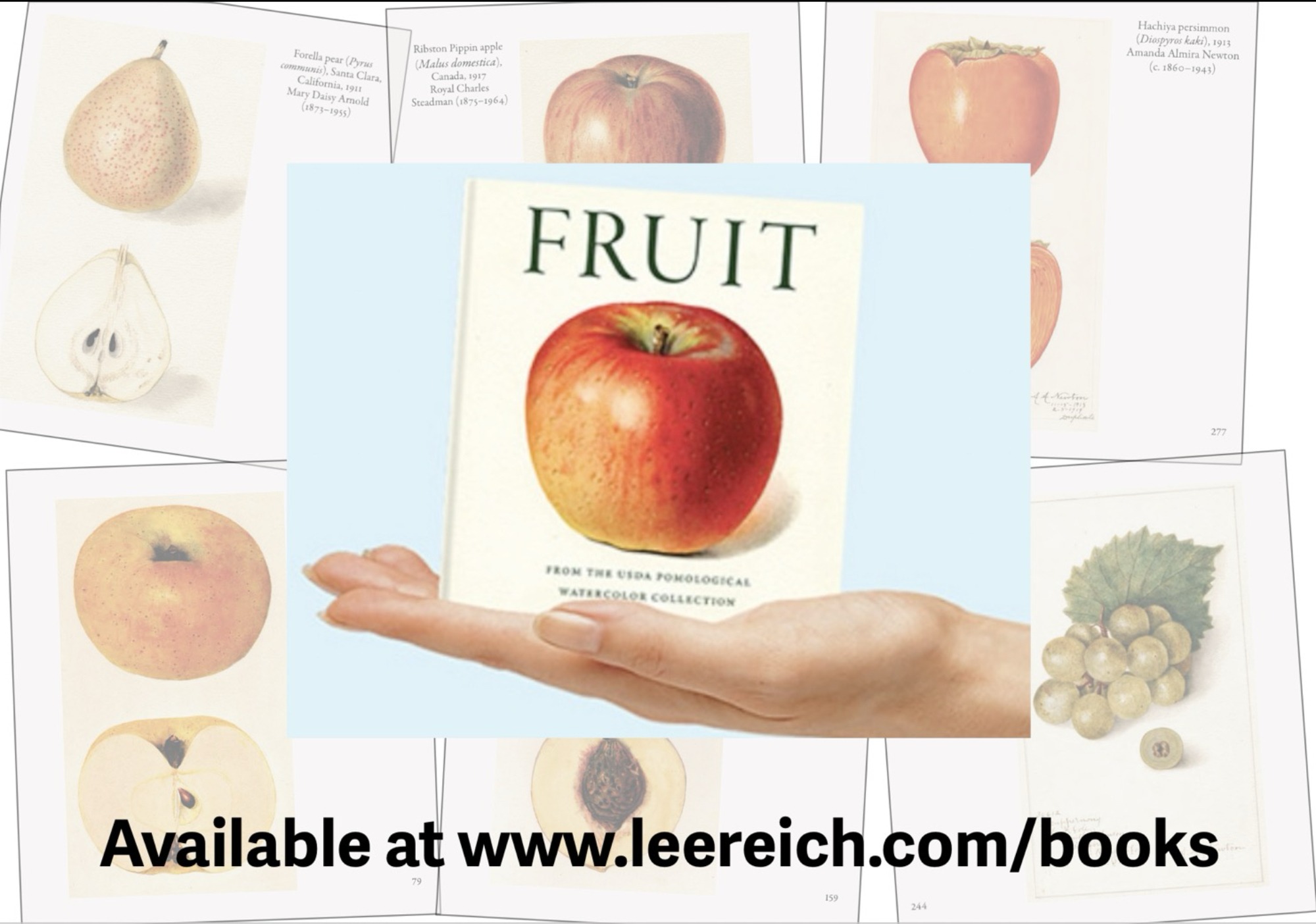
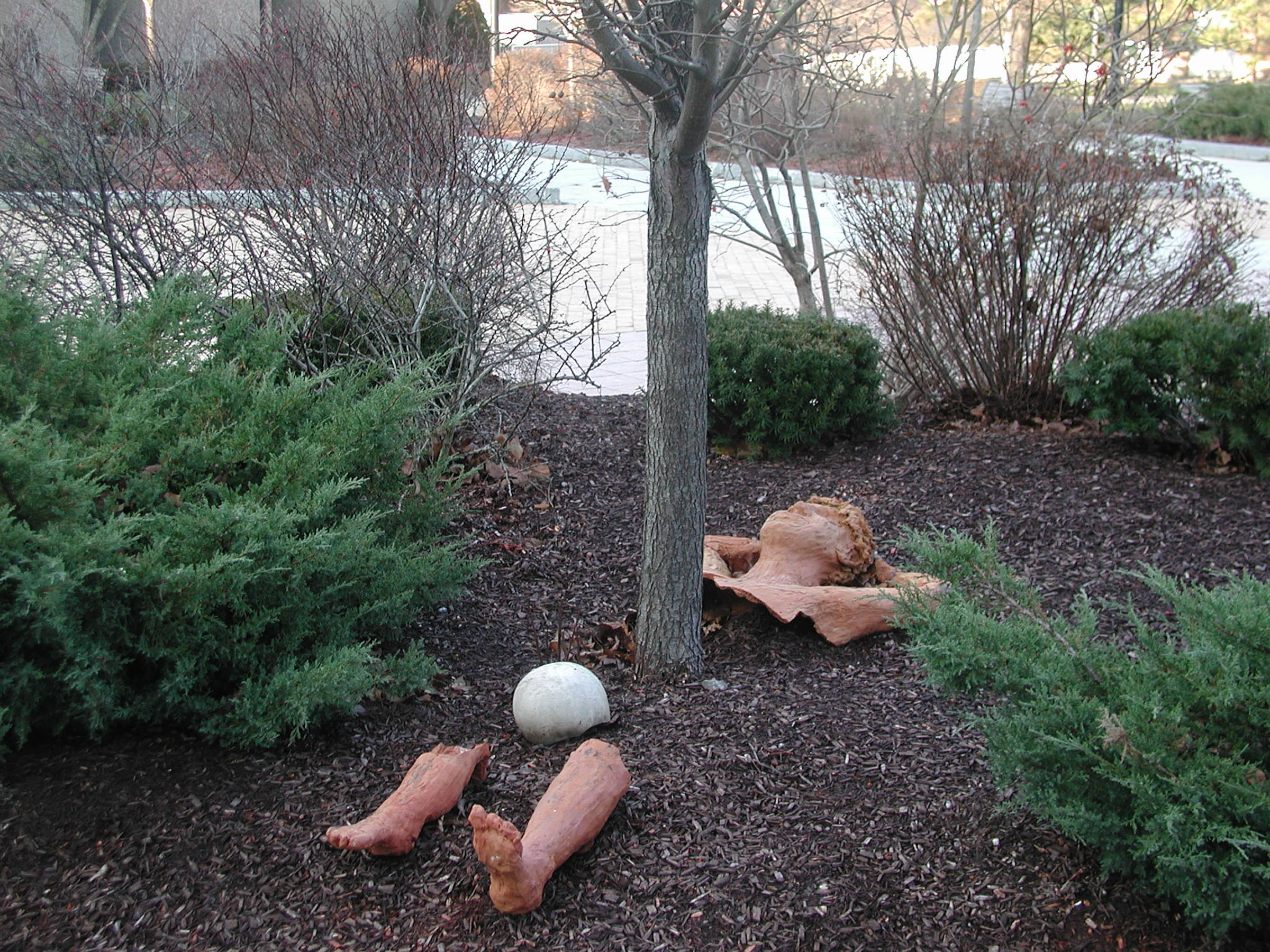
I just watched a video on YouTube about this plant and how it was demonized as an intolerable weed, mainly because industry can’t patent it and it undermines their entire economic model. This is shameful. This could help the people who go hungry everyday because of the lack of resources. If this can be grown in just about every back yard, then we should definitely be talking more about it!
I agree, although I have found it hard to separate and clean the tubers from dirt.
I’m interested in purchasing Tiger Nuts or Chufa Tubers for planting.
please reply
Search the web “chufa tubers for sale” and you’ll find plenty of sources to buy from.